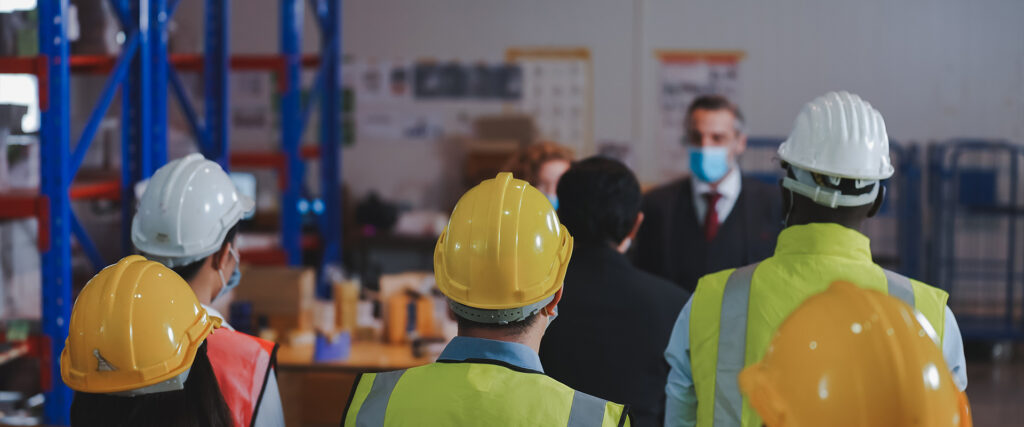Improving Safety Culture in the Workplace in 10 Steps

A strong safety culture is one of the most valuable assets a workplace can have—yet it’s often overlooked until something goes wrong. More than just rules and PPE, safety culture reflects your team’s shared values, attitudes and everyday behaviors around risk. In high-functioning environments, safety is embedded into every task, conversation and decision—not as a box to check, but as a mindset that drives morale, productivity and performance.
Whether you’re starting from scratch or looking to improve an existing system, this guide offers 10 practical steps to help instill safety into the DNA of your organization.
What is Safety Culture?
First, we need to understand what makes a safety culture. It is commonly defined by the shared beliefs, values, attitudes and behaviors a company has toward safety. It’s how your company communicates, represents and accounts for safety in the workplace.

1. Audit Current Risk and Hazards
Building a safety culture starts with establishing what risks and hazards your team currently faces. Conducting Job Hazards Analysis (JHA) across different tasks and operations can help identify what your team is doing well and what needs to be improved.
2. Make Safety a Core Value
Safety needs to be more than a set of rules and regulations. It needs to be a mindset. Your team needs to prioritize safety over production in a way that improves your operations. Safety needs to be ingrained into every operation as well as the greater vision of the company.

3. Establish Clear Safety Operating Procedures
Determine what safety policies and procedures need to be established. Having your team know what is expected of them is key to a successful culture. You will also need to establish disciplinary measures for those who break safety protocols.
4. Establish Clear Safety Goals
Once your procedures are in place, it’s time to set safety goals to see how your team can improve. The goals need to be achievable and offer a clear path to success. It also needs to be clear why they are goals in order to truly integrate into your safety culture.
5. Provide Employee Training
With your procedures and goals in place, you can train your employees to reach expectations. Create a definitive curriculum and provide hands-on training to make education clear and straightforward. Training should also be ongoing and routine to promote continuous improvement.

6. Provide Proper PPE
Even when your safety culture is thriving, the last thing standing between workers and workplace hazards is personal protective equipment (PPE). High-quality PPE helps keep employees safe when everything else fails.
7. Encourage Employees to Report Hazards
Monitoring safety is too big a task for leadership. It requires an entire team. Ensure your team knows how to report hazards and that they won’t be penalized for speaking up. Communication is key when it comes to safety. Everybody needs to feel comfortable reporting, whether it’s a near-miss or a major accident.

8. Create Accountability
Creating a successful culture means fostering accountability for everyone involved in your operation, from tenured managers to new hires. The rules and procedures, as well as discipline for breaking rules, need to apply to everyone on the floor. This signals to your entire company that everyone is onboard.
9. Perform Routine Hazard Assessments
Performing regular safety reports and analysis will help identify risks before they become incidents. This should also involve individual employee reviews to ensure that everyone on your team understands how they are helping or inhibiting your culture.
10. Celebrate Safety Wins

With policies, procedures and goals in place, you should be able to track success within your safety protocols. Celebrating specific achievements and individuals who hit marks will help build a positive safety culture throughout your operation.